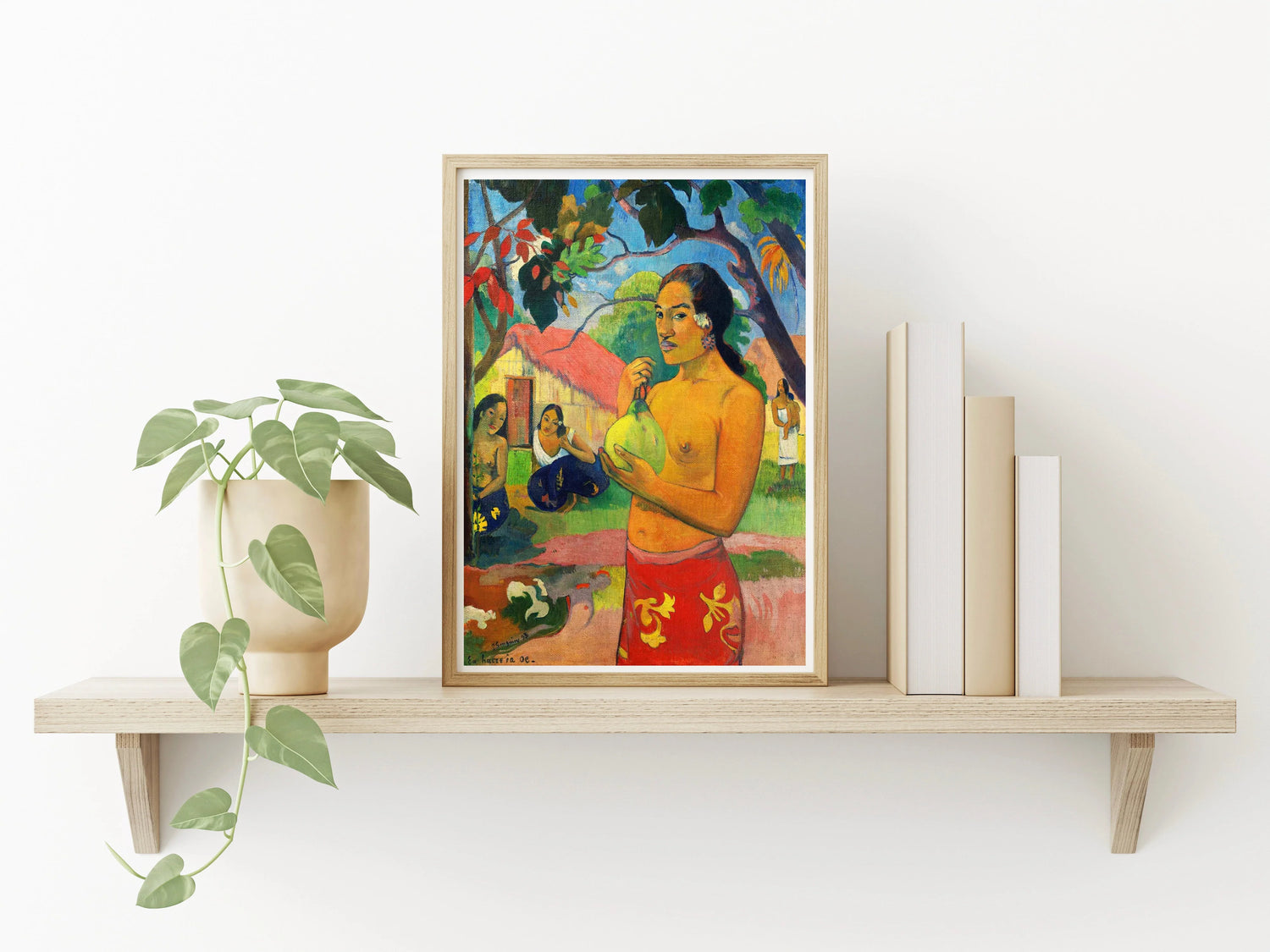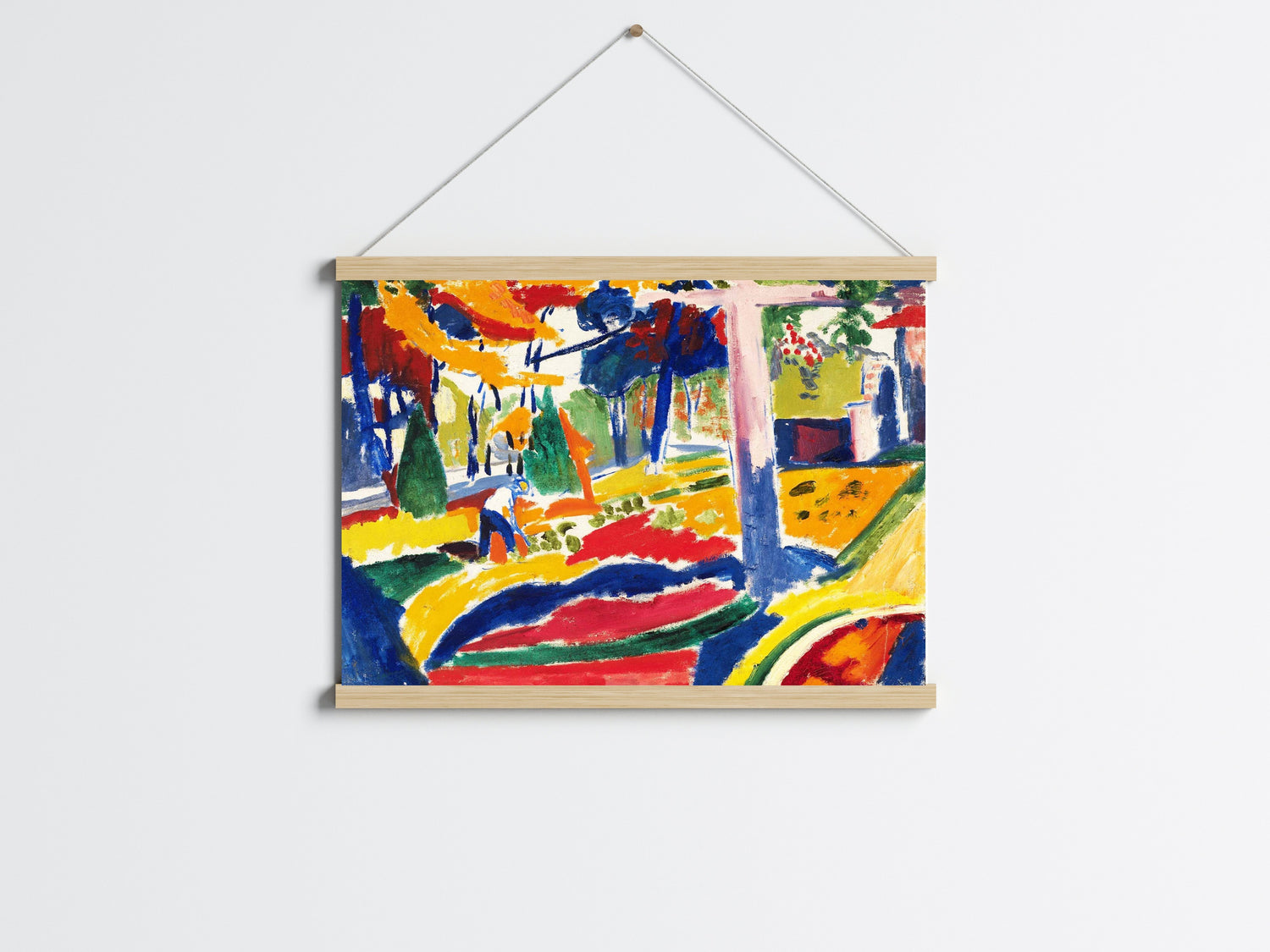
Fauvism: The Wild Beasts of Color
Fauvism, an early 20th-century art movement, emerged as a radical and vibrant expression of color and form, breaking away from traditional representational art.
The term "Fauvism" comes from the French word "fauves," meaning "wild beasts," a name coined by critic Louis Vauxcelles after seeing the intense and unconventional use of color in the works of a group of artists at the 1905 Salon d'Automne in Paris.
This movement, though short-lived, had a profound influence on the development of modern art.

Henri Matisse: Often regarded as the leader of the Fauves, Matisse's work epitomizes the movement's bold use of color and expressive form.
His painting "Woman with a Hat" (1905) sparked controversy at the Salon d'Automne but became a defining example of Fauvism. Matisse's later works, such as "The Joy of Life" (1905-1906) and "The Red Room" (1908), further demonstrate his mastery of color and composition.
André Derain: A close collaborator of Matisse, Derain played a significant role in the development of Fauvism. His landscapes, such as "Charing Cross Bridge" (1906) and "The Turning Road, L'Estaque" (1906), are characterized by their vibrant colors and bold brushwork.
Maurice de Vlaminck: Known for his passionate and unrestrained use of color, Vlaminck's works, such as "The River Seine at Chatou" (1906), capture the essence of Fauvism's wild, emotive spirit.
Georges Braque: While Braque later became a co-founder of Cubism, his early works, such as "Houses at l'Estaque" (1908), exhibit Fauvist characteristics, particularly in their use of color and simplified forms.

